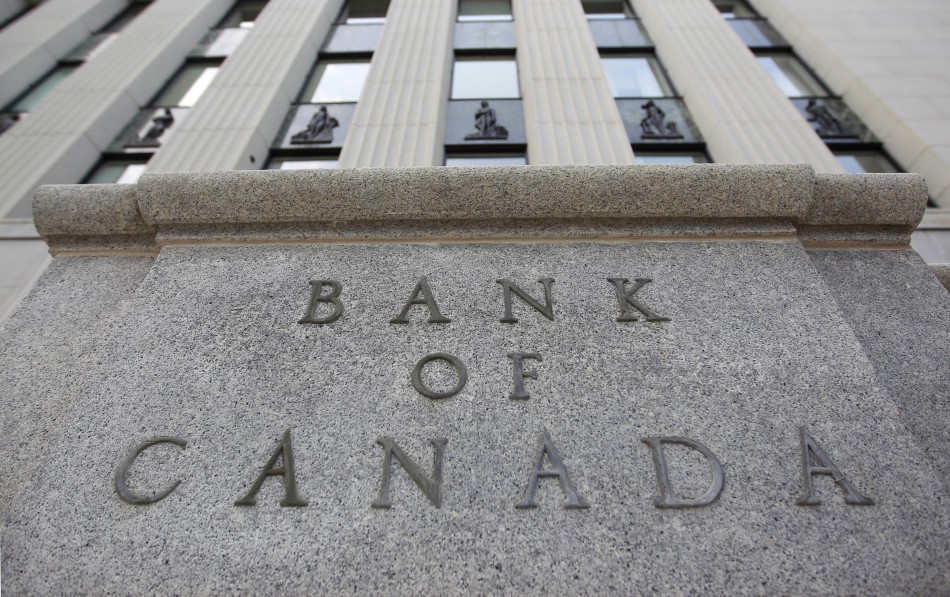The Bank of Canada has again decided to keep their key overnight lending rate unchanged. This, despite the fact that inflation (CPI) has moved closer to the 2% target. The Bank's key rate directly influences the Prime rate which is the index rate used for floating/variable rate lending.
There continues to be no reason for variable rate mortgage holders to have concern, at least for the foreseeable future. The last time that the Prime rate of interest changed was September 2010.
Core Inflation, (rather than CPI) is the metric that the Bank really cares most about. It continues to sit significantly below the 2% mark.
CPI (or Consumer Price Index) inflation tracks the movement of consumer prices over time including volatile components such as fruit, vegetables, gasoline, and mortgage interest, to name a few. Core Inflation "looks through" those volatile factors which cause temporary fluctuations in prices, offering a better representation of the overall direction of inflation.
Because Core Inflation is still quite low, the Bank will likely hold off raising interest rates for a while. Other secondary factors that influence the Bank’s decision are: 1.) the performance of the Canadian economy, 2.) US economy and 3.) the rest of the world's economy. Global economic growth in the first quarter of 2014 was weaker than anticipated. The US economy has shown mixed signals and is in a slow growth progession. The Canadian economy grew modestly in the first quarter.
Long-term bond yields have also continued to decline, an indication that financial markets anticipate interest rates will remain low for quite a while.
If you need a mortgage; or if you’re looking to renew; and you’re wondering if a variable rate makes sense for you, contact us. Mortgages are not "one-size-fits-all". We'll find the product that best fits your particular needs.

